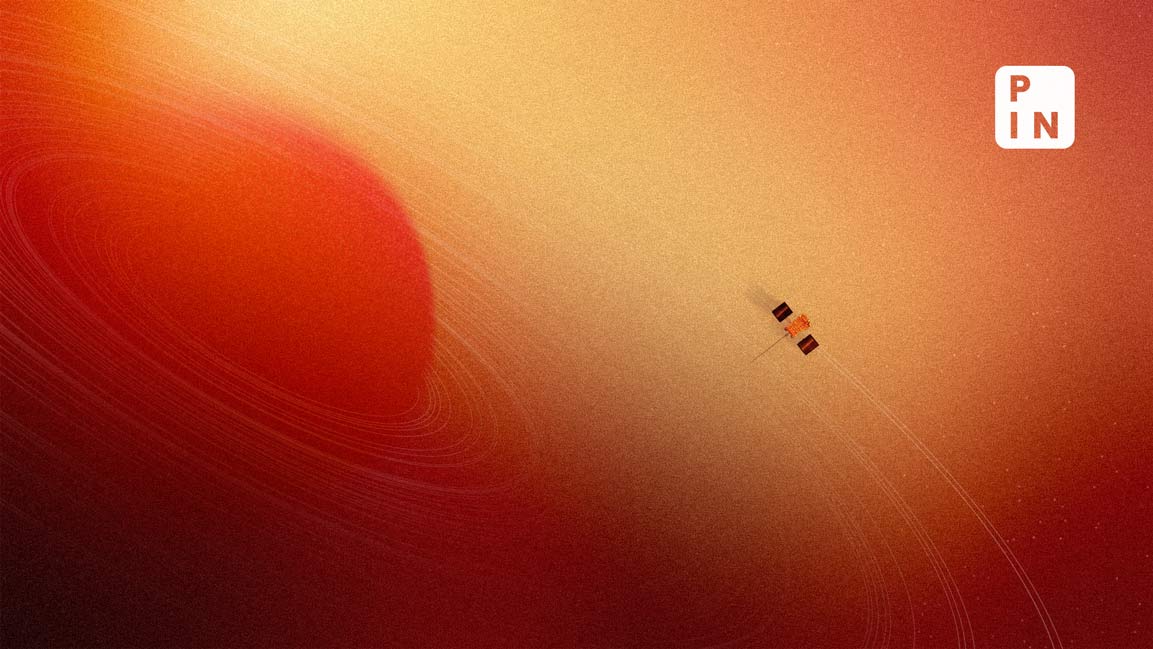- | 5:05 pm
Aditya L1 spacecraft successfully enters designated cosmic berth
Isro scientists execute critical maneuver that helped spacecraft position itself in orbit surrounding L1

Aditya L1, India’s ambitious mission to study the Sun, successfully docked itself in its designated cosmic berth–the “halo” orbit around the first Lagrange point (L1)–at 4pm on Saturday.
Scientists at the Indian Space Research Organisation (Isro) executed a critical maneuver around 4pm that helped the spacecraft position itself in the orbit surrounding L1, a nearly stable region in the gravitational field between Earth and the Sun.
This vantage point, about 1.5 million km from Earth but at just 1% of the distance from the Earth to the Sun, offers the spacecraft an unobstructed view of the Sun.
The spacecraft had blasted off on board a PSLV-C57 rocket from the Satish Dhawan Space Centre in September. Aditya L1 has already completed 125 days in space and has been collecting scientific data since its launch.
Prime Minister Narendra Modi took to X (formerly Twitter) to share the news.
“India creates yet another landmark. India’s first solar observatory Aditya-L1 reaches it’s destination. It is a testament to the relentless dedication of our scientists in realising among the most complex and intricate space missions. I join the nation in applauding this extraordinary feat. We will continue to pursue new frontiers of science for the benefit of humanity,” he said.
India creates yet another landmark. India’s first solar observatory Aditya-L1 reaches it’s destination. It is a testament to the relentless dedication of our scientists in realising among the most complex and intricate space missions. I join the nation in applauding this…
— Narendra Modi (@narendramodi) January 6, 2024
Union Minister of science and technology Dr Jitendra Singh also shared the happy news on X, congratulating team Isro.
“From Moon walk to Sun Dance! What a glorious turn of year for Bharat!
Under the visionary leadership of PM Narendra Modi, yet another success story scripted by Team #ISRO. #AdityaL1 reaches its final orbit to discover the mysteries of Sun-Earth connection,” he said.
From Moon walk to Sun Dance! What a glorious turn of year for Bharat!
Under the visionary leadership of PM @narendramodi, yet another success story scripted by Team #ISRO. #AdityaL1 reaches its final orbit to discover the mysteries of Sun-Earth connection.— Dr Jitendra Singh (@DrJitendraSingh) January 6, 2024
Unlike telescopes on Earth, L1 provides continuous 24X7 observation without interference from eclipses or atmospheric disturbances. This makes it ideal for studying the Sun’s dynamic atmosphere, including the scorching corona and the mysterious solar flares.
While L1 itself is relatively stable, maintaining a spacecraft there requires a special orbit called a “halo orbit.”
This three-dimensional trajectory will allow Aditya L1 to “dance” around the L1 point, observing the Sun from different angles.
Reaching this orbit was a complex feat, and this is Isro’s first attempt at such a maneuver.
Aditya L1 has already completed 125 days in space and has been collecting scientific data since its launch on 18 September.
The seven onboard instruments, including coronagraphs, spectrometers, and particle detectors, are designed to study the Sun in various wavelengths and dimensions. They can analyze radiation, particles, and magnetic fields, providing an unprecedented view of solar activity.
Aditya L1 will now begin its scientific observations, offering valuable insights into solar storms, space weather, and the Sun’s influence on Earth.
The mission has garnered international attention for its comprehensive study of the Sun and its potential to unlock the secrets of our closest star.
Aditya L1 represents a significant leap forward for Indian space research and promises to shed new light on the Sun’s profound impact on our planet and our solar system.










